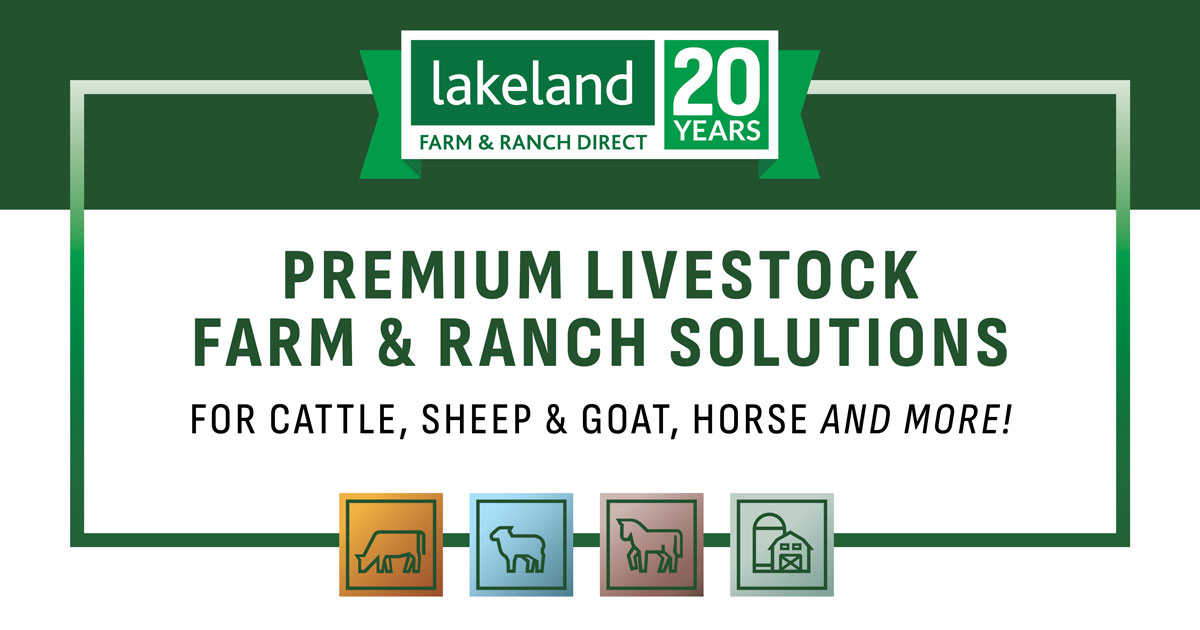In an ideal world, our cattle would never get sick. But this is the real world, and you need to be prepared. Not only should you have the right medical supplies for your livestock on hand, but also be aware of how to store and handle your livestock medicine.
Storage Facilities
Ideally, maintaining a facility that stores your medicine will keep you organized. Of course, you don’t want to be administering the wrong medicine to your herd. However, it should also protect your medicine from external factors like temperature, sunlight, dust, and moisture. Take care of this place. Make sure it’s clean and dry.
Additionally, be aware of how your medicines need to be stored. If it’s a vaccine that contains live organisms within, it is probably best not to store it at room temperature. Ideally, most antibiotics should be stored in a fridge between 2° and 8° C.
Moreover, some products decompose with exposure to light so keeping them out of the sun is imperative for potency.
Ultimately, you should be organized. Store your products in separate cabinets to reduce any kind of human error. Also, if you’re unsure about any product, make sure to ask your herd veterinarian.
Managing Your Inventory
If you effectively manage your inventory you will know how much you have and how much you have to purchase, making sure you always have fresh supplies on hand when needed.
Figure out a system that keeps you on top of the process, whether it’s using older products first, cleaning and reorganizing your cabinets regularly, or simply buying drugs in limited quantities to prevent waste.
Disposing Medicine
Ultimately, the earth needs our help, people. We need to be more environmentally conscious. Okay, maybe it’s a little dramatic to say you’re saving the planet, but every little bit counts! It’s important to safely dispose of livestock medicines to protect farm employees, your livestock, and of course, the environment.
Additionally, it’s Interesting to note that you can dispose many of your medicines by returning them to your supplier. Try not to waste anything you buy, which is why managing your inventory can be useful in this regard.
Just to be safe, you should rinse out all empty containers you plan on disposing of. And, it should go without saying, but do not reuse any medicine containers.
Livestock First Aid Kit
This may seem like a lot, but have no fear! We put together a first aid kit of medical supplies that you should have prepared, ready for any livestock emergency:
- a sturdy toolbox
- restraint equipment (like a squeeze chute)
- a thermometer
- a bucket
- hypodermic needles
- IV simplex hose
- syringes
- obstetric chains and handles
- neonatal resuscitator
- stomach tube
- neonatal esophageal feeder
- a small fridge (for storage)
- a flashlight
Finally, every rancher should be prepared for the small emergencies that are bound to arise on a farm. Just remember: it’s really all about organization.
Sources:
https://www.omafra.gov.on.ca/english/livestock/dairy/facts/92-055.htm#Management
https://www.motherearthnews.com/homesteading-and-livestock/livestock-injuries-zmaz99amztak


